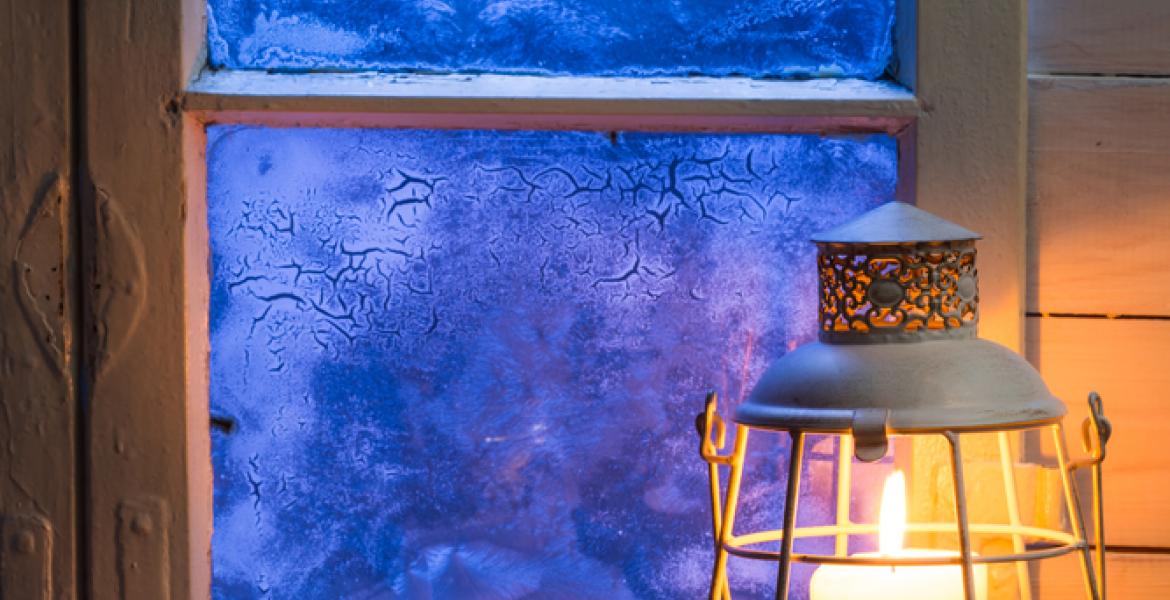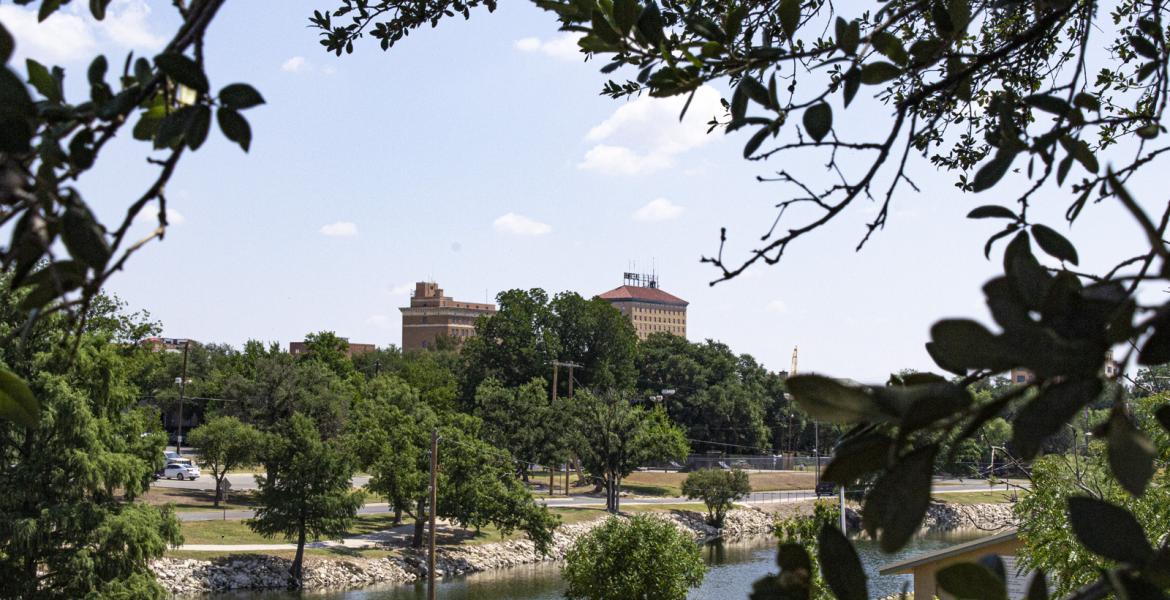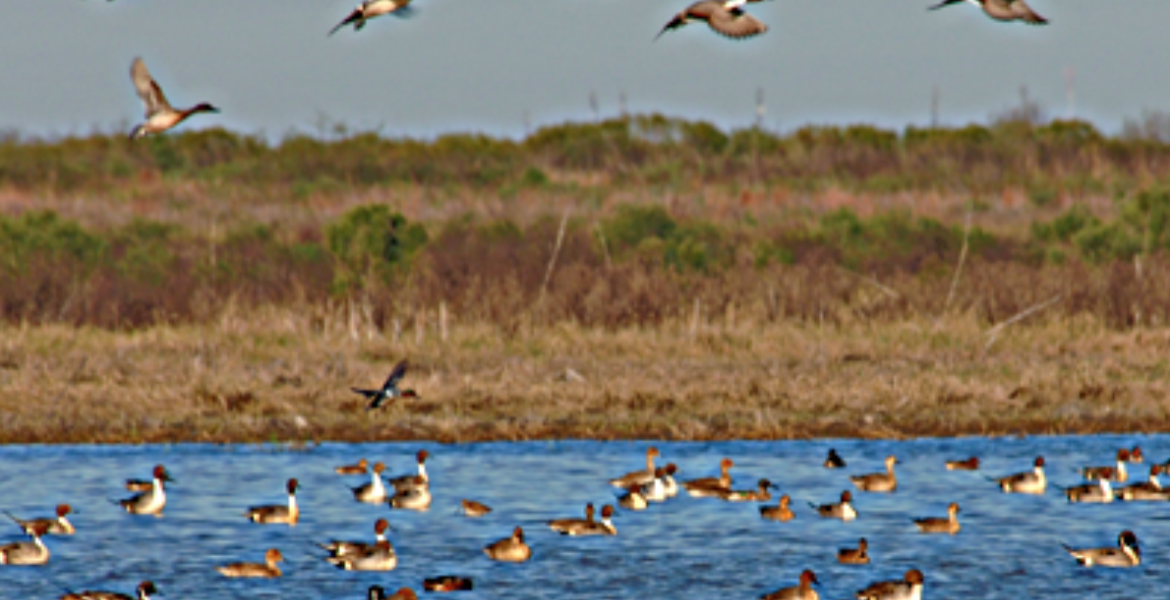ABILENE – Several large wildfires continue to burn across thousands of acres across West Texas Thursday morning including the Mesquite Heat fire south of Abilene.
Here's the latest from the Texas Forest Service as of 9 a.m. Thursday morning:
At approximately 10:30pm on May 17, a Texas A&M Forest Service firefighter receive multiple burn injuries while working on the Coconut Fire in Wilbarger County in north Texas near Wichita Falls. A thunderstorm developed near the fire area, causing erratic winds and a sudden change in fire behavior. A downburst from the thunderstorm caused the fire to erupt, and impacted personnel working the fire. One firefighter was injured, receiving burns from radiant heat. The individual was taken to the hospital where they were treated and released. No other firefighters were injured.
Active Wildfires:
- Mesquite Heat Fire, Taylor County - est. 5,000 acres, 5% contained
- Coconut Fire, Wilbarger County - est. 25,000 acres, 20% contained
- Dry Branch Fire, Hamilton County - est. 4,000 acres, 35% contained
- 2 Lit Fire, Oldham County - 53 acres, 90% contained
- Pope 2 Fire, Schleicher County - est. 2,530 acres, 50% contained
- Slab Road Fire, Llano County - 57 acres, 90% contained
- Sandstone Mountain Fire, Llano County - est. 350 acres, 50% contained
- Johnson Fork Fire, Kimble County - 55 acres, 80% contained
- Mayfield Fire, San Saba County - est. 1,250 acres, 40% contained
Contained Wildfires (100%):
- Bowman Fire, Dimmit County - 57 acres
- Buck Creek Fire, Frio County - 42 acres
Texas A&M Forest Service fire resources responded to 4 new wildfires that burned 4,445 acres across the state yesterday. Crews continued suppression operations on 5 carryover wildfires, and are currently working on 9 wildfire across the state.
There is potential for large wildfires to occur in the Western/Eastern Hill Country and Rolling Plain through Friday for areas near Childress, Vernon, Abilene, Brownwood, Lampasas, San Angelo, Ozona and Fredericksburg.
Any new fires in grass and brush vegetation will likely be resistant to control, as underlying drought and critically to extremely dry vegetation combine with 100-degree temperatures and periods of elevated to critical fire weather.
Very hot temperatures and mostly dry conditions during the week will decrease the moisture in vegetation through Friday for much of the state. A general trend of increasing initial attack fire activity is likely for Central, East and South Texas.
By the weekend, a pattern change is expected when a forecast cold front moves through the state. As a result, a seasonable cool and moist environment will limit potential for wildfire activity on Saturday and Sunday.
Subscribe to the LIVE! Daily
Required






Post a comment to this article here: